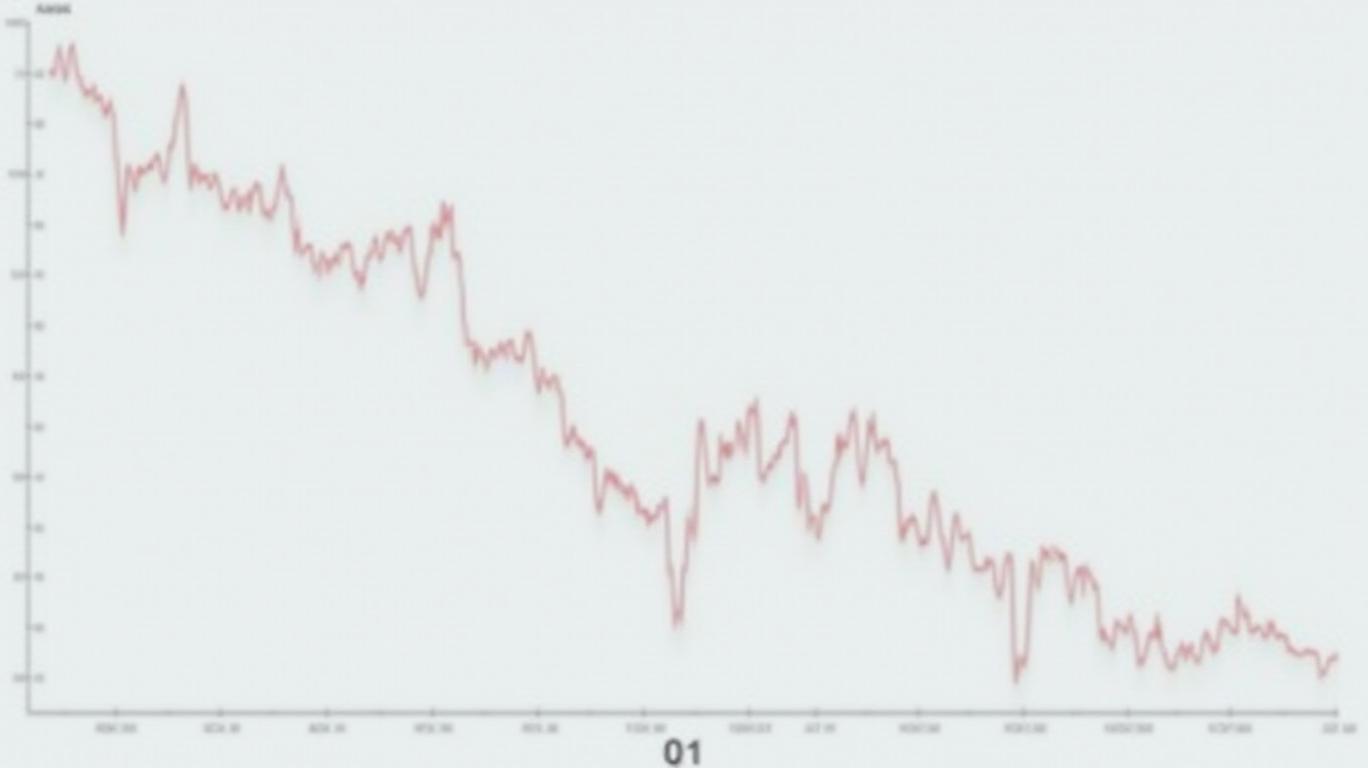Navigating Germany's Slowdown: Seizing Opportunities in Industrial Exports and Tech Amid Macro Headwinds
The German economy, the Eurozone’s linchpin, is at a crossroads. While May 2025’s PMI data reveals a services sector contraction (PMI: 49.6) and a manufacturing sector clinging to gradual stabilization (PMI: 48.8), this divergence presents a tactical opportunity for investors. Sector-specific dynamics, currency shifts, and policy tailwinds are carving out distinct pathways for value creation. For those willing to parse the noise, German industrial exporters and tech firms with global exposure offer compelling entry points, even as domestic consumer stocks falter.
The Services Sector’s Slump: A Cautionary Signal
The services PMI’s descent into contractionary territory (below 50) underscores the fragility of domestic demand. Weakness here—driven by inflationary pressures, stagnant wage growth, and lingering pandemic-era caution—paints a bleak picture for consumer-facing sectors.

Industrial Exporters: A Fragile Revival, But Revival Nonetheless
The manufacturing sector’s marginal improvement (PMI: 48.8 in May) masks a nuanced story. Domestic demand for intermediate goods is rising, and production growth hit a 37-month high in April. However, export orders remain a liability, with global trade tensions and tariff front-running complicating prospects. Yet, this is precisely where opportunity lies.
Why now?
- Cost efficiencies: A stronger euro has reduced input costs (e.g., energy, commodities), boosting margins.
- Infrastructure spending: Government-backed projects in renewable energy and logistics are creating demand for industrial goods.
- Global restocking: Clients in Asia and North America are rebuilding inventories, favoring German exporters with just-in-time supply chains.
reveals a stark underperformance in consumer stocks versus industrials—a gap that may widen as manufacturing stabilizes.
The Euro’s Role: A Double-Edged Sword
The euro’s recent strength (EUR/USD at ~1.09 as of May 2025) is a mixed blessing. While it dampens export competitiveness, it also lowers import costs, easing inflationary pressures. For industrial firms, this dynamic is net positive:
- Input cost relief: Manufacturers benefit from cheaper raw materials.
- Debt serviceability: Eurozone companies with dollar-denominated debt see reduced repayment burdens.
However, exporters must balance this with pricing strategies. Firms with scale and pricing power (e.g., engineering conglomerates like Siemens or Thyssenkrupp) are best positioned to navigate this terrain.
Policy Responses: The ECB’s Tightrope Walk
The European Central Bank (ECB) faces a dilemma: inflation remains sticky, but growth is fragile. While a rate cut is unlikely in the near term, forward guidance emphasizing “patience” could stabilize bond yields and reduce refinancing risks for corporates. highlights the narrowing gap, suggesting financial conditions are easing.
Meanwhile, structural reforms—such as the EU’s push for green hydrogen corridors or digital infrastructure—will channel capital toward industrial and tech firms. Investors should prioritize companies with exposure to these initiatives.
Cross-Border Flows: A Shift Toward Value
Emerging markets’ rebound and dollar strength have traditionally drawn capital away from European equities. However, Germany’s industrial exporters offer two critical advantages:
1. Global diversification: Their revenue streams are less tied to Eurozone demand.
2. Valuation discounts: Many trade at P/E ratios 20-30% below pre-pandemic highs, despite improving fundamentals.
Tech firms with global footprints—such as software-as-a-service (SaaS) providers or semiconductor manufacturers—are also undervalued. Their pricing power and recurring revenue models insulate them from domestic cyclicality.
Tactical Portfolio Strategy
- Overweight: German industrial exporters (e.g., MAN SE, Bosch), tech firms with global exposure (e.g., Infineon, SAP), and infrastructure plays (e.g., HOCHTIEF).
- Underweight: Domestic consumer stocks (e.g., Metro AG, Aldi), and sectors reliant on near-term services recovery.
- Hedged currency exposure: Use euro-dollar forwards to mitigate volatility, given the currency’s role in export competitiveness.
Conclusion: A Patient Play for Long-Term Gains
Germany’s slowdown is not a uniform crisis but a sectoral reshuffle. Industrial exporters and tech firms are positioned to outperform as global demand stabilizes and domestic policy tailwinds materialize. This is a moment for selective, strategic bets—avoiding the noise of near-term services sector weakness while capitalizing on the manufacturing sector’s fragile revival. The May PMI data is a call to action: act now before the recovery becomes consensus.

Comments
No comments yet